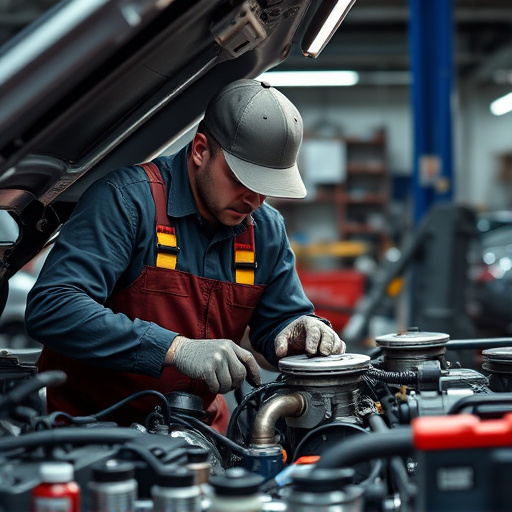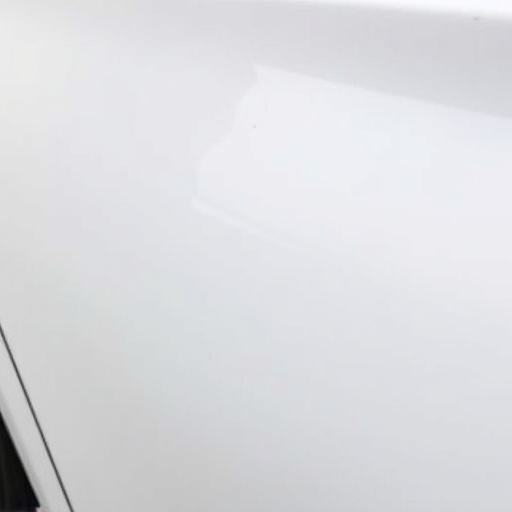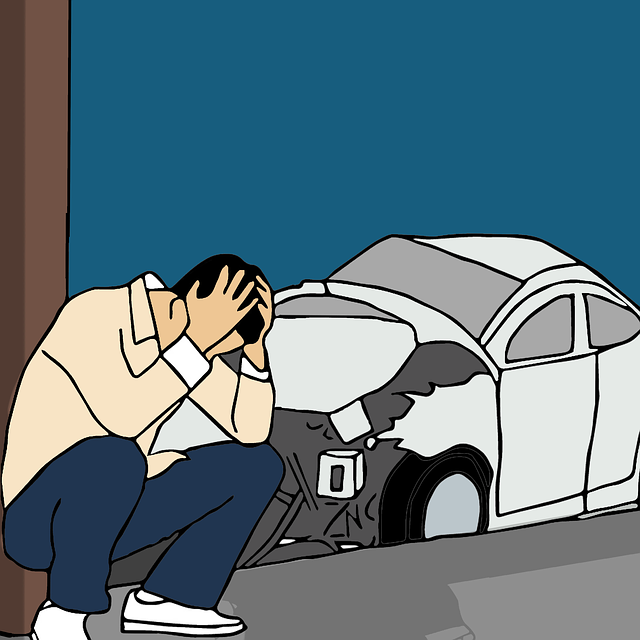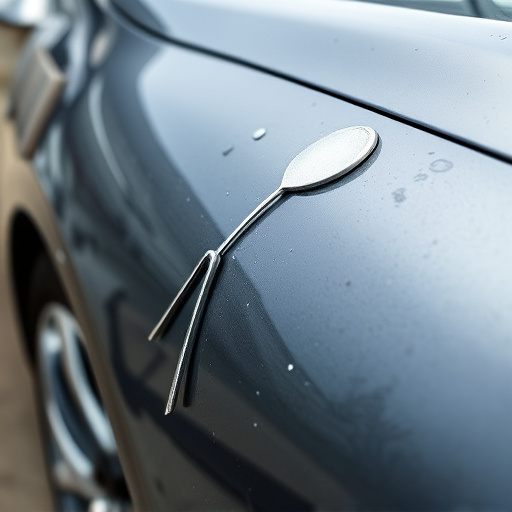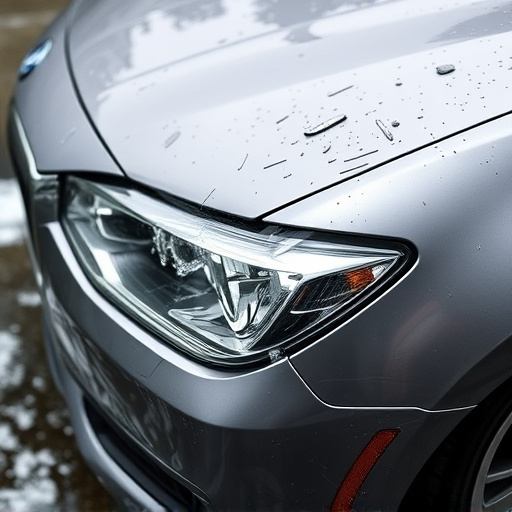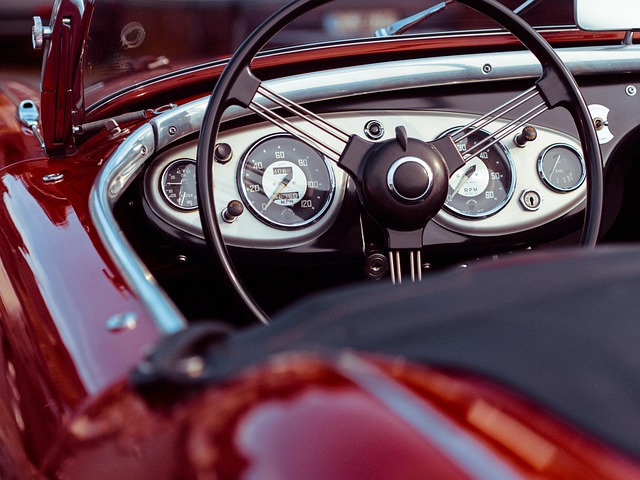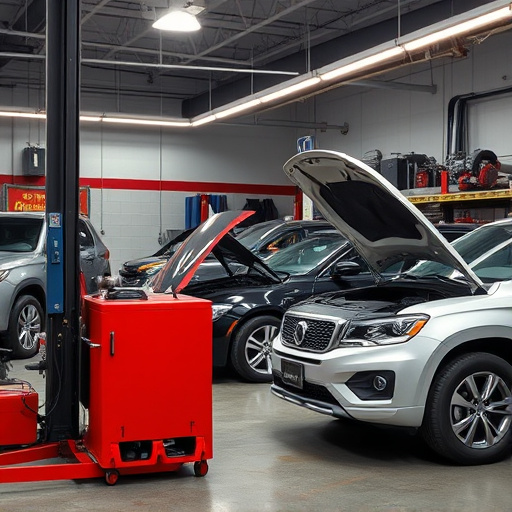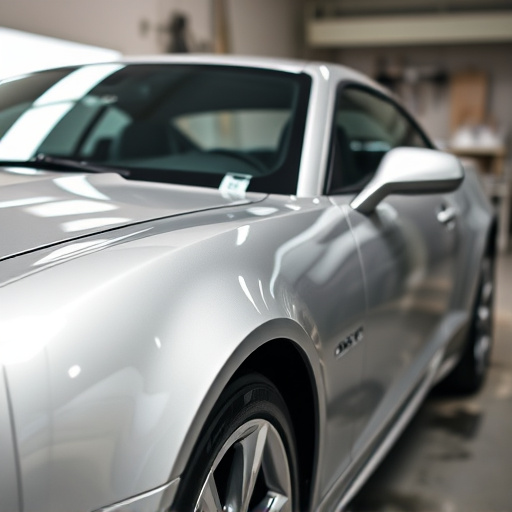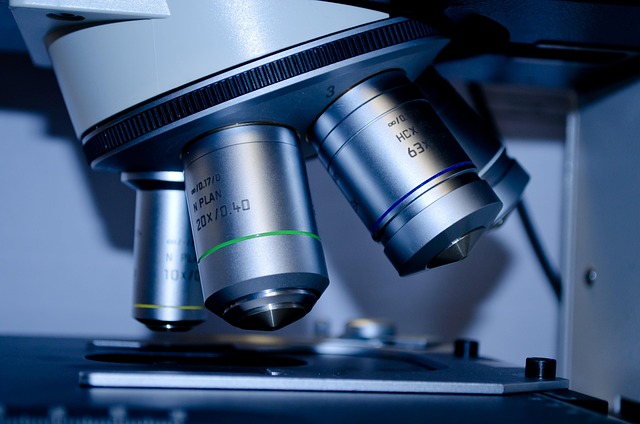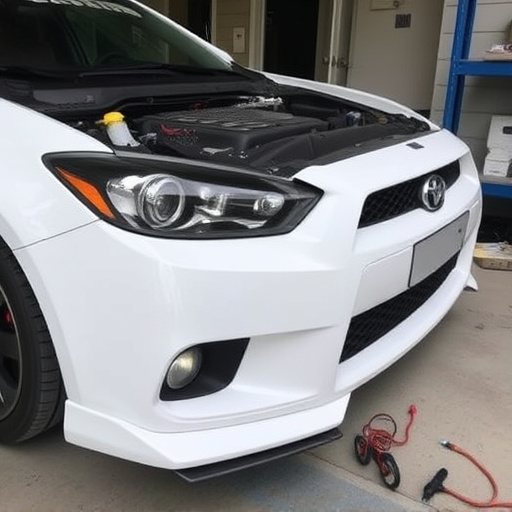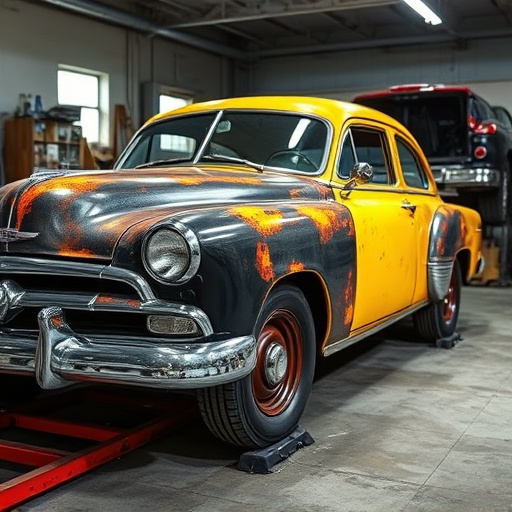PDR for door dings is a specialized collision repair technique focused on restoring car doors to original condition after minor incidents like fender benders. Skilled technicians use advanced tools and methods to remove dents gently, preserving appearance and structural integrity. This cost-effective solution avoids extensive painting or body shop repairs, ideal for common parking lot dings. Mastering PDR enhances vehicle aesthetics while maintaining market value; requires detailed attention, proficiency in specialized tools, understanding of plastic deformation and polymer chemistry, plus strong communication skills. Continuous learning through workshops, webinars, and certification maintenance ensures superior service quality, customer satisfaction, and enhanced market reputation.
In today’s competitive automotive industry, proficiency in PDR for door dings is crucial. This specialized skill set demands a deep understanding of material science, precision techniques, and customer service. This article delves into the essential training requirements for becoming a certified PDR for door dings specialist, exploring key skills, ongoing education, and certification maintenance. By mastering these aspects, technicians can enhance their reputation and contribute to flawless vehicle repairs.
- Understanding PDR for Door Dings Specialization
- Essential Skills and Techniques for Proficiency
- Continuous Training and Certification Maintenance
Understanding PDR for Door Dings Specialization
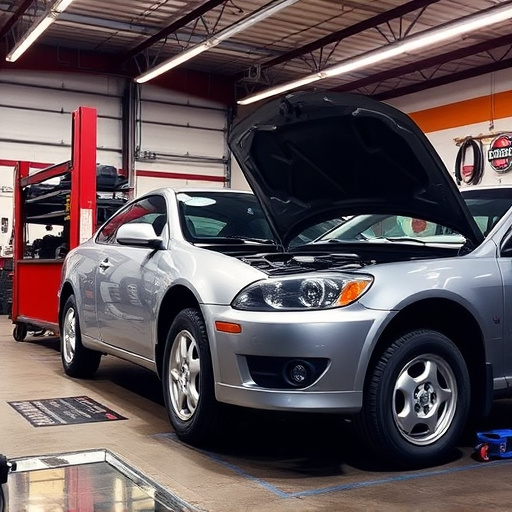
PDR for door dings is a specialized technique within the broader field of collision damage repair. It focuses on restoring damaged car doors to their original condition, minimizing the need for extensive auto body shop repairs or replacement parts following minor incidents like fender benders. This process involves skilled technicians who use a range of tools and techniques to gently work out dents from the door panel, ensuring that it returns to its factory-like appearance.
Understanding PDR for door dings is crucial in the world of auto body repair. Unlike traditional methods which can leave visible traces or require extensive painting, PDR specialists aim to avoid structural changes to the door, preserving the car’s overall value and aesthetic appeal. By mastering this technique, technicians can effectively address common issues caused by everyday driving experiences, such as parking lot dings and small collision damages, all while providing a cost-effective solution compared to intensive repair processes in an auto body shop.
Essential Skills and Techniques for Proficiency
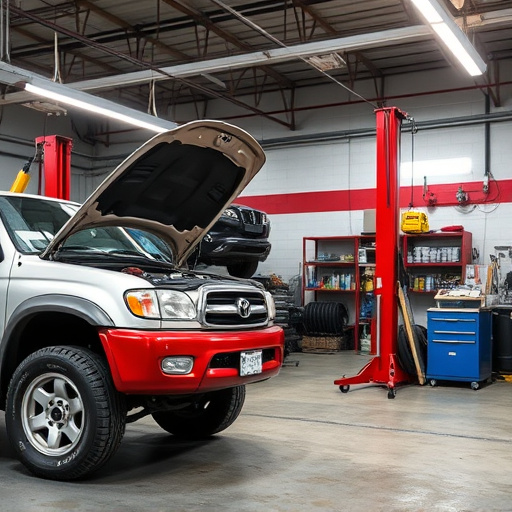
To master PDR for door dings, specialists must develop a repertoire of essential skills and techniques. This includes meticulous attention to detail, as even minor imperfections can be noticeable upon completion. Proficiency in using various tools designed for PDR, such as tabbing tools, is crucial for achieving precise and clean repairs. Understanding the principles behind plastic deformation and polymer chemistry aids in selecting the right techniques for different types of door dings, ensuring optimal results without damaging the existing paint or panel surface.
Beyond technical expertise, effective communication skills are vital for engaging with clients and explaining the repair process transparently. This builds trust and enhances customer satisfaction. Knowledge of collision damage repair principles, including fender repair and hail damage repair methodologies, is also beneficial. By integrating these diverse skillsets, PDR specialists can offer comprehensive services, ensuring every door ding is repaired to a high standard, preserving the vehicle’s aesthetic appeal and value.
Continuous Training and Certification Maintenance
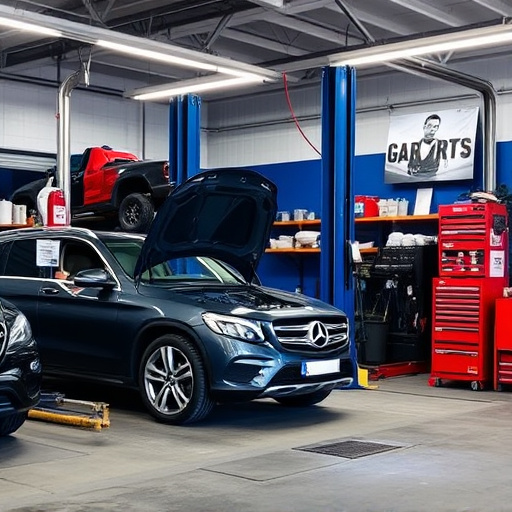
Staying ahead in the automotive industry requires continuous learning and development. For PDR for door dings specialists, ongoing training is essential to keep up with the latest techniques and technologies in car scratch repair and bumper repair. This includes attending workshops, webinars, and seminars conducted by industry experts and manufacturers. By participating in these events, professionals can gain practical knowledge, learn about new tools and equipment, and exchange ideas with peers, ensuring they remain at the forefront of their craft.
Certification maintenance is another critical aspect. Door dings specialists must periodically renew their certifications to demonstrate their proficiency in PDR. This process often involves retaking exams or completing advanced training modules that showcase their skills in auto painting and bumper repair. Continuous education not only enhances their credibility but also enables them to provide superior services, ensuring customer satisfaction and building a solid reputation in the market.
PDR for door dings specialization requires a blend of technical skills, continuous learning, and certification maintenance. By understanding the intricacies of PDR, mastering essential techniques, and staying updated through ongoing training, specialists can ensure they provide high-quality repairs, maintain their expertise, and keep up with industry standards in the ever-evolving field of PDR for door dings.


